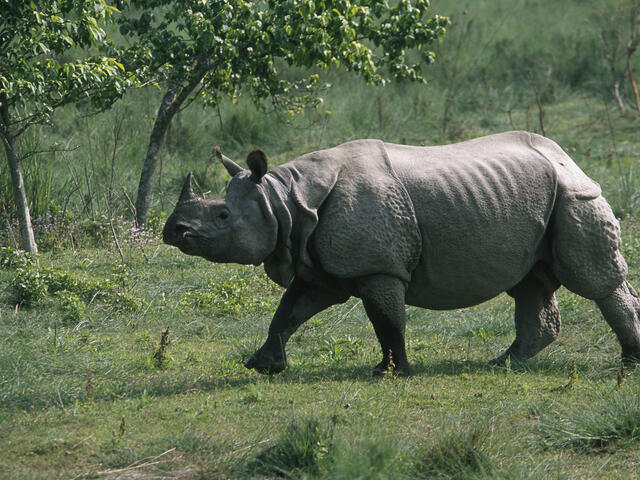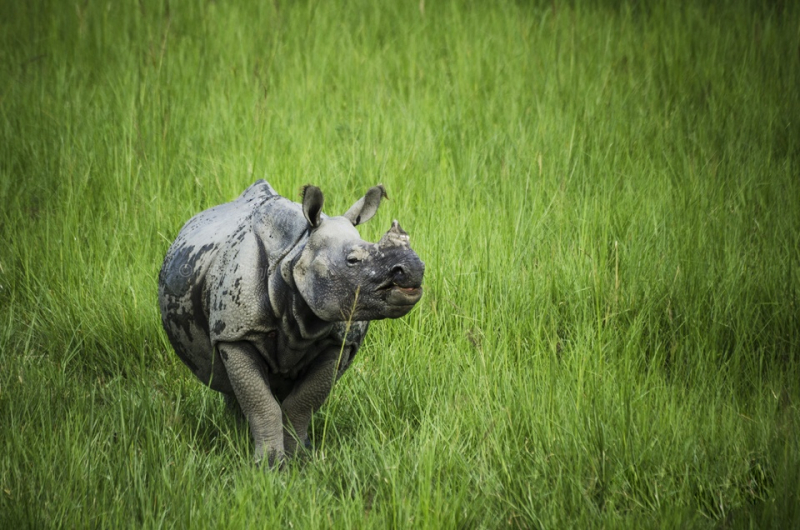Indian Rhinoceros (Rhinoceros unicornis)
The Indian Rhinoceros (Rhinoceros unicornis), also called the Indian rhino, greater one-horned rhinoceros, or great Indian rhinoceros is a rhinoceros species native to the Indian subcontinent. Indian rhinos previously roamed the whole northern Indian Subcontinent, including Bangladesh, the southern regions of Nepal and Bhutan, and the basins of the Indus, Ganges, and Brahmaputra rivers, from Pakistan to the boundary between India and Myanmar. They might have also happened in Indochina, southern China, and Myanmar. They live in the Terai and Brahmaputra basin alluvial grasslands. Its range rapidly shrunk as a result of habitat loss and climatic changes, and by the 19th century, it was only still alive in the Terai grasslands of southern Nepal, northern Uttar Pradesh, northern Bihar, and northern West Bengal, and the Brahmaputra Valley of Assam.
Indian rhinos are grazers. Their diet consists almost entirely of grasses, but they also eat leaves, branches of shrubs and trees, fruits, and submerged and floating aquatic plants. They feed in the mornings and evenings. Indian rhinos have one horn on their snouts and thick, grey-brown skin with reddish skin wrinkles. They have wart-like bumps all over their upper legs and shoulders. With the exception of eyelashes, ear fringes, and a tail brush, they have relatively little body hair.












